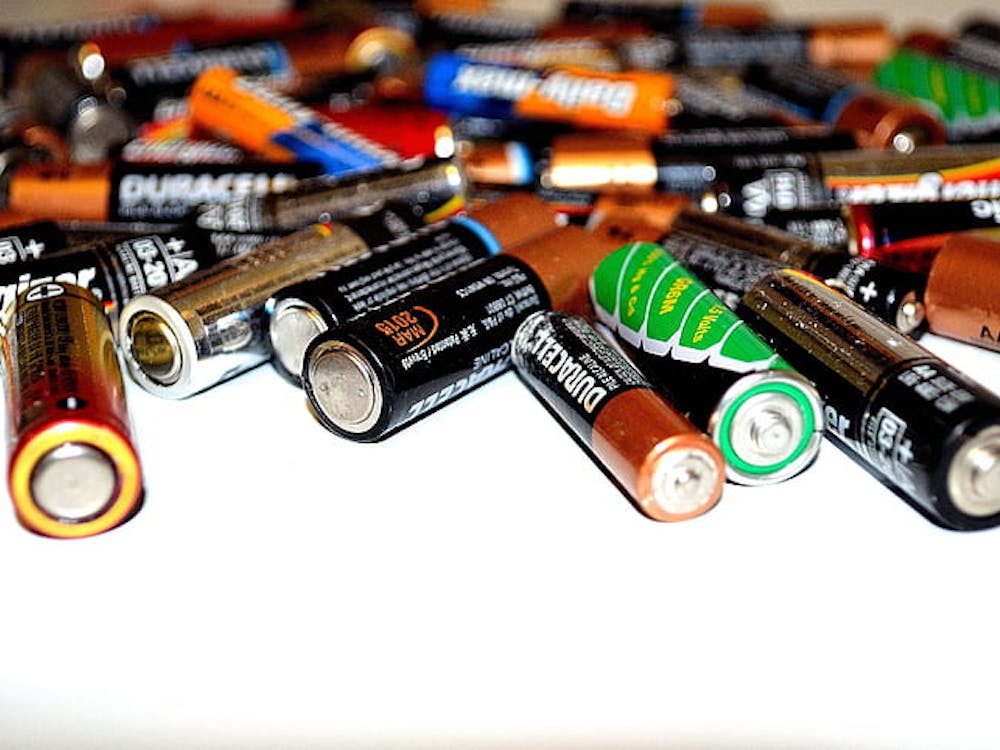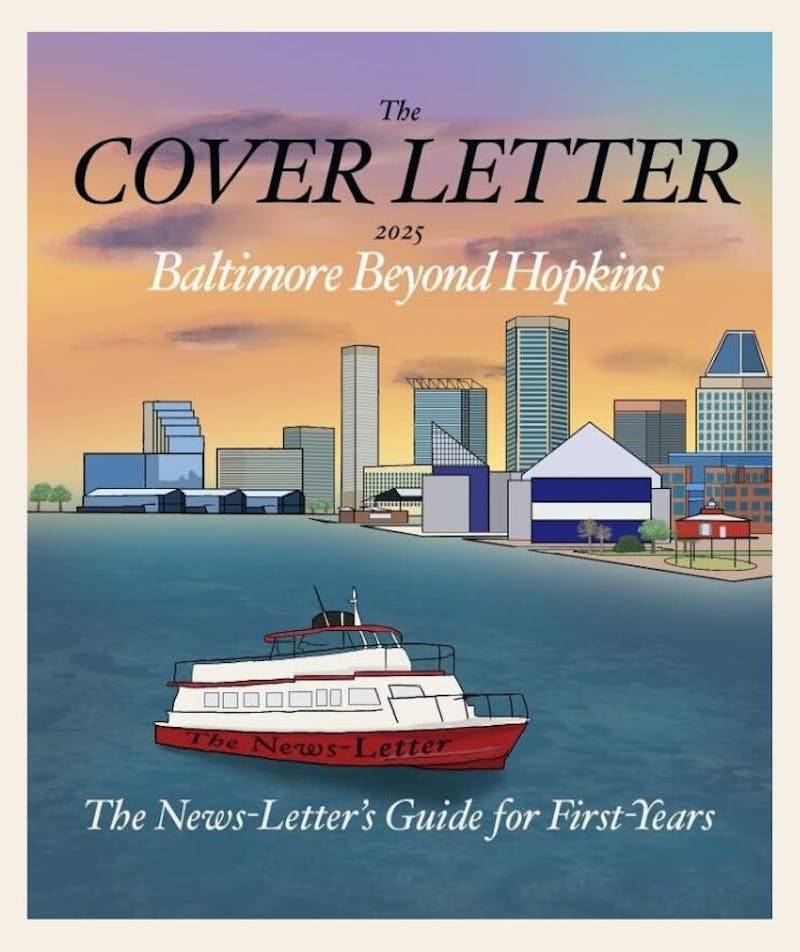This year, the Nobel Prize in Physics was awarded to John Clarke (University of California, Berkeley), Michel H. Devoret (Yale University and University of California, Santa Barbara) and John M. Martinis (University of California, Santa Barbara) for “the discovery of macroscopic quantum mechanical tunneling and energy quantisation in an electric circuit.” Coincidentally, 2025 is the International Year of Quantum Science and Technology commemorating 100 years since modern quantum mechanics’ initial development.
To define quantum mechanical tunneling, the basis of the complex world of quantum must be understood: particles are located not as a point but as a probability of its position. Schrodinger’s equation establishes that there exists a probability that a particle will pass through a barrier even without sufficient energy. Quantum tunnelling is that exact effect, where particles go right through a seemingly impenetrable barrier. In the human world, that would be like walking through a wall, or even appearing on the other side of the wall in an instant. A regular particle with no quantum properties would never be able to do that. But in the quantum world, there’s a probability that a particle will leak right through a barrier, as if it teleported over, due to the definition that they are located by a probability of position.
A previous Nobel Prize had been awarded in the 1973 for the discovery of quantum tunneling of single particles, which inspired foundations for quantum computers and was used in creating devices like scanning tunneling microscopes, but it was too microscopic to have larger, more impactful applications. The research published by Clarke, Devoret and Martinis back in 1985 received its recognition for the discovery of the quantum tunneling effect for not just single particles, but collections of particles, or more specifically, currents consisting of millions of electrons. That is macroscopic compared to the single particles found tunnelling before.
With the discovery of quantum mechanical tunnelling on this macroscopic level, many advancements can be made in the technology and scientific industries. Quantum computers are one of the most well-known applications of quantum physics known for their ability to complete certain tasks a regular computer can’t in fractions of seconds. Applications of quantum mechanical tunneling of currents can help further improve the performance of these computers in complex calculations. In addition to that, there are potential applications of this discovery in several modern quantum technologies, including quantum cryptography for highly secure communication and quantum simulations used for modeling complex medical, chemical and biological systems. These technologies may become highly demanded by industries ranging from semiconductor production to high finance and logistics management. With this discovery, the door to a new era of innovation and efficiency driven by the principles of quantum mechanics is opened.
In an email to The News-Letter, physics major at the Whiting School of Engineering Peter Seelman expressed his excitement and thoughts regarding this announcement.
“Having just given a presentation on the math behind the prize for a physics class, it still feels like magic, but it’s justified magic,” he wrote. “The laureates ran experiments that took this quantum phenomenon and expressed it in a macroscopic circuit large enough to be held in your hand. I love physics because it’s the study of the magic behind the universe, and experiments like these that examine the ‘why’ and the ‘how’ of that magic are doubtless worthy of this great honor.”





